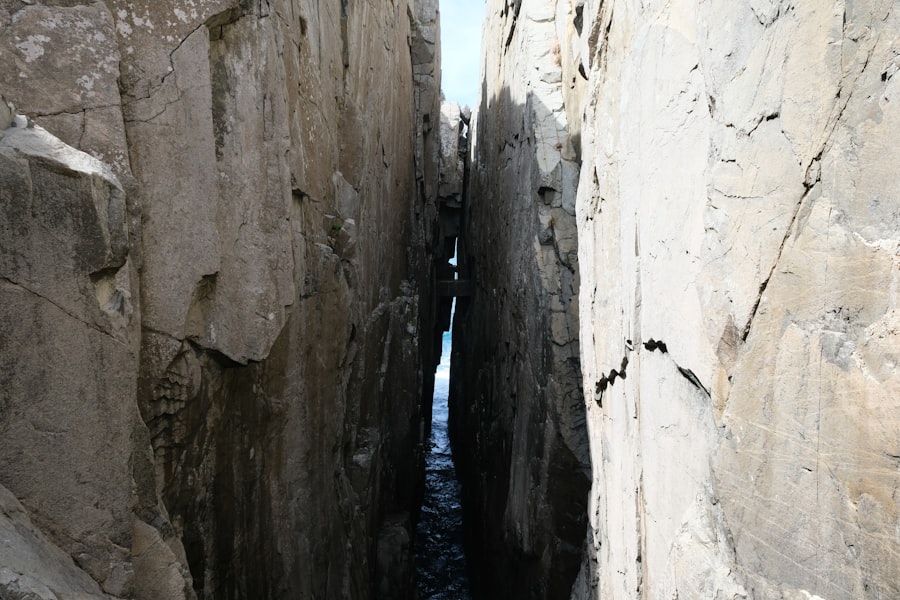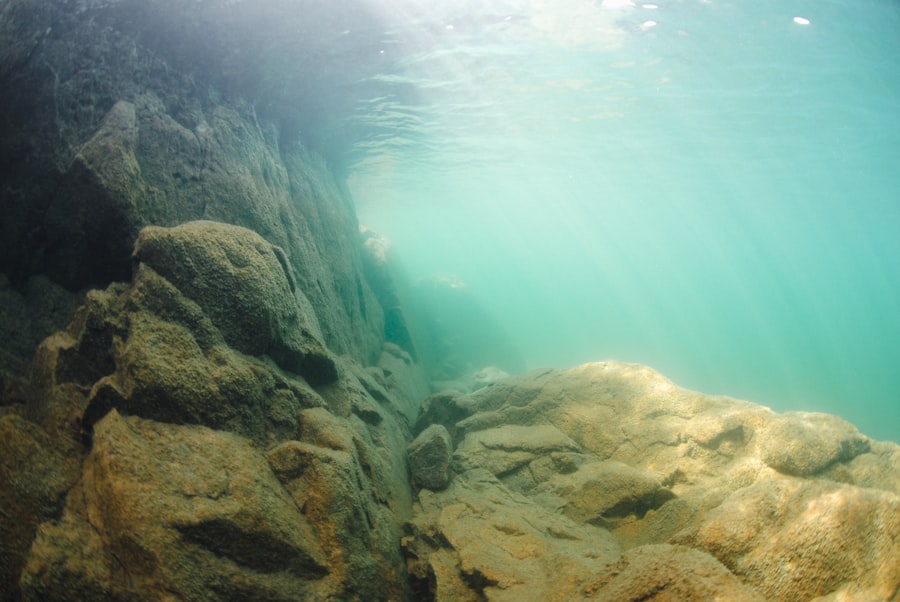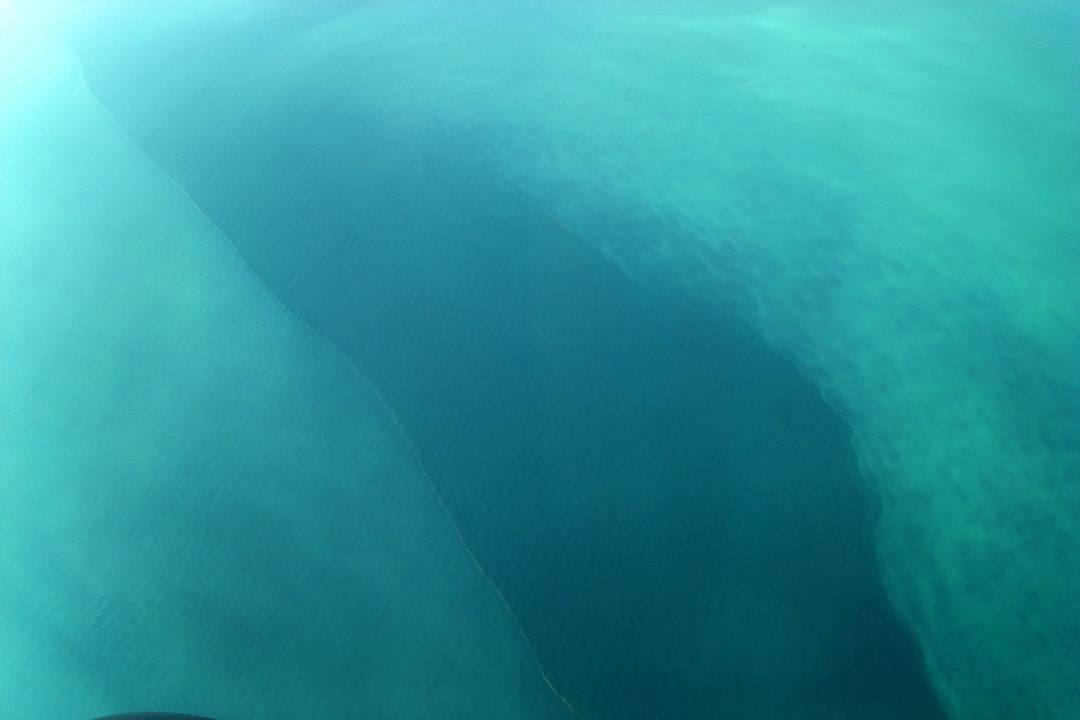The Drake Passage, a body of water situated between the southern tip of South America and Antarctica, is renowned for its tumultuous seas and unpredictable weather patterns. This narrow stretch of ocean, measuring approximately 800 kilometers (500 miles) wide, serves as a critical conduit for maritime traffic between the Atlantic and Pacific Oceans. Named after the English explorer Sir Francis Drake, who navigated these waters in the late 16th century, the passage has become a focal point for adventurers, researchers, and commercial vessels alike.
Its unique geographical position not only makes it a vital route for shipping but also a significant area for scientific exploration and ecological study. The passage is often characterized by its rough seas and strong currents, which can pose significant challenges to even the most experienced mariners. The confluence of the Antarctic Circumpolar Current, which flows unimpeded around Antarctica, and the various currents from the Atlantic and Pacific Oceans creates a dynamic marine environment.
This interplay of water masses contributes to the passage’s reputation as one of the most treacherous maritime routes in the world. Despite these challenges, the Drake Passage remains an essential link for those seeking to explore the pristine landscapes of Antarctica or transport goods to and from this remote region.
Key Takeaways
- The Drake Passage is a narrow body of water between South America’s Cape Horn and the South Shetland Islands of Antarctica, known for its challenging sailing conditions.
- The passage is characterized by its deep oceanic trench, reaching depths of over 8,000 meters, and is a key link between the Atlantic and Pacific Oceans.
- Navigating the Drake Passage poses significant challenges due to its notorious rough seas, strong winds, and unpredictable weather patterns, making it one of the most difficult maritime routes in the world.
- The historical significance of the Drake Passage is marked by the explorations of famous navigators such as Sir Francis Drake and the early Antarctic expeditions, shaping the course of maritime history.
- The depth and currents of the Drake Passage are heavily influenced by the weather and climate, with strong westerly winds and the Antarctic Circumpolar Current playing a crucial role in shaping its marine environment.
Geological features and depth of the Drake Passage
The geological features of the Drake Passage are as fascinating as they are complex. The seabed is characterized by a series of underwater ridges and valleys, shaped by tectonic activity over millions of years. The passage itself is relatively shallow compared to other oceanic regions, with depths ranging from about 3,000 meters (9,800 feet) to over 4,000 meters (13,123 feet) in certain areas.
The geological history of the Drake Passage is marked by significant events, including the separation of South America from Antarctica around 30 million years ago. This separation led to the formation of the passage as it exists today, creating a vital link between two major oceanic systems.
The presence of underwater features such as the South Shetland Islands and the Scotia Arc further adds to the complexity of this marine environment. These geological characteristics not only shape the physical landscape but also play a crucial role in determining ocean currents and weather patterns in the region.
Understanding the challenges of navigating the Drake Passage

Navigating the Drake Passage presents a myriad of challenges that can test even the most seasoned sailors. The unpredictable weather conditions are perhaps the most daunting aspect, with storms capable of developing rapidly and without warning. High winds, towering waves, and sudden squalls can create perilous situations for vessels traversing this stretch of water.
Mariners must remain vigilant and prepared for any changes in weather, as conditions can shift dramatically within a matter of hours. In addition to weather-related challenges, the unique hydrodynamics of the Drake Passage complicate navigation further. The confluence of various ocean currents creates turbulent waters that can be difficult to predict.
Sailors must be adept at reading these currents and understanding their impact on vessel speed and direction. Moreover, the presence of icebergs and sea ice during certain times of the year adds another layer of complexity to navigation in this region. As such, thorough planning and real-time monitoring are essential for ensuring safe passage through these treacherous waters.
Historical significance of the Drake Passage
| Aspect | Details |
|---|---|
| Discovery | The Drake Passage was discovered by Sir Francis Drake in 1578 during his circumnavigation of the globe. |
| Maritime Route | It became an important maritime route for ships traveling between the Atlantic and Pacific Oceans. |
| Scientific Research | The passage is significant for scientific research due to its unique oceanographic and climatic conditions. |
| Wildlife | It is home to diverse marine wildlife, including whales, seals, and seabirds. |
| Challenges | The Drake Passage is known for its challenging and unpredictable weather conditions, making it a significant navigational challenge. |
The historical significance of the Drake Passage cannot be overstated. It has long been a critical route for explorers and adventurers seeking to chart unknown territories. Sir Francis Drake’s expedition in the late 1500s marked one of the first recorded crossings of this passage, paving the way for future exploration of Antarctica and beyond.
His journey not only contributed to European knowledge of this remote region but also sparked interest in maritime trade routes that would later become vital for global commerce. Throughout history, the Drake Passage has served as a gateway for numerous expeditions aimed at scientific discovery and exploration. Notable figures such as Ernest Shackleton and Robert Falcon Scott ventured through these waters in their quests to reach Antarctica’s interior.
Their journeys, fraught with peril and hardship, have become legendary tales of human endurance against nature’s formidable forces. The passage has thus become synonymous with adventure and exploration, representing humanity’s relentless pursuit of knowledge and discovery in some of the most inhospitable environments on Earth.
Impact of weather and climate on the depth of the Drake Passage
The weather and climate conditions in the Drake Passage have a profound impact on its depth and overall marine environment. Seasonal variations can lead to changes in water temperature and salinity, which in turn affect ocean stratification and circulation patterns. During summer months, melting ice from surrounding glaciers can contribute to a temporary increase in water levels, while winter months may see a decrease due to freezing conditions.
Moreover, climate change poses significant challenges for this region. As global temperatures rise, melting ice sheets in Antarctica are contributing to rising sea levels and altering ocean currents. These changes can have cascading effects on marine ecosystems and navigation routes within the Drake Passage.
Understanding these dynamics is crucial for scientists and mariners alike, as they seek to adapt to an ever-changing environment that continues to evolve under the pressures of climate change.
Importance of the Drake Passage for marine life

The Drake Passage is not only significant for navigation but also serves as a vital habitat for diverse marine life. The nutrient-rich waters support a variety of species, including krill, which forms the foundation of the Antarctic food web. These small crustaceans are essential for sustaining larger marine animals such as seals, penguins, and whales that inhabit this region.
The passage thus plays a crucial role in maintaining biodiversity and supporting complex ecosystems. Additionally, the unique oceanographic conditions in the Drake Passage create an environment conducive to upwelling, where nutrient-laden waters rise from deeper layers to support phytoplankton growth. This process is fundamental for sustaining marine life and contributes to the overall health of ocean ecosystems.
As researchers continue to study this area, they uncover new insights into how climate change and human activity may impact these delicate marine habitats.
Navigation tips for crossing the Drake Passage
For those planning to navigate the Drake Passage, preparation is key to ensuring a safe crossing. Mariners should familiarize themselves with current weather forecasts and sea conditions before embarking on their journey. Utilizing advanced navigation technology can provide real-time data on wind speeds, wave heights, and potential storm systems that may arise during transit.
Additionally, understanding local maritime regulations is essential for safe navigation through this region. Mariners should be aware of designated shipping lanes and any restrictions related to wildlife protection or environmental conservation efforts. It is also advisable to maintain communication with other vessels in the area to share information about changing conditions or potential hazards.
Safety measures for navigating the Drake Passage
Safety measures are paramount when navigating the unpredictable waters of the Drake Passage. Vessels should be equipped with appropriate safety gear, including life jackets, flares, and emergency beacons. Regular safety drills should be conducted to ensure that all crew members are familiar with emergency procedures in case of adverse conditions or equipment failure.
Moreover, having a well-trained crew is essential for managing potential emergencies effectively. Crew members should be knowledgeable about navigation techniques specific to this region and trained in handling rough seas. Establishing contingency plans for various scenarios can help mitigate risks associated with navigating through one of the world’s most challenging maritime environments.
Research and scientific studies in the Drake Passage
The Drake Passage has become a focal point for scientific research due to its unique ecological characteristics and significance in global ocean circulation patterns. Researchers from around the world conduct studies aimed at understanding marine ecosystems, climate change impacts, and oceanographic processes within this region. These studies often involve long-term monitoring programs that track changes in water temperature, salinity, and biodiversity over time.
One notable area of research focuses on understanding how climate change affects krill populations in the Drake Passage. As keystone species within Antarctic ecosystems, changes in krill abundance can have far-reaching implications for other marine life that depend on them for sustenance. By studying these dynamics, scientists aim to develop strategies for conservation and management that will help protect vulnerable species in an ever-changing environment.
Economic and commercial significance of the Drake Passage
The economic significance of the Drake Passage extends beyond its role as a shipping route; it also plays a crucial part in global trade networks connecting various continents. The passage facilitates maritime transport between North America, Europe, Asia, and South America while providing access to valuable resources found in Antarctic waters. Fishing industries rely on these routes for transporting seafood products to international markets.
Moreover, tourism has emerged as an increasingly important economic activity within this region. Adventure tourism companies offer expeditions through the Drake Passage to attract travelers seeking unique experiences in Antarctica’s pristine landscapes. This influx of visitors contributes to local economies while raising awareness about environmental conservation efforts necessary to protect fragile ecosystems.
Future prospects for navigating the Drake Passage
Looking ahead, navigating the Drake Passage will likely continue to present both challenges and opportunities as climate change reshapes this dynamic environment. Advances in technology may enhance navigation safety by providing more accurate weather forecasting tools and improved vessel tracking systems. Additionally, ongoing research efforts will contribute valuable insights into how best to manage maritime activities while preserving marine ecosystems.
As global interest in polar regions grows due to climate change impacts and resource exploration opportunities, it is essential that stakeholders prioritize sustainable practices when navigating these waters. Collaborative efforts among governments, researchers, and industry leaders will be crucial for ensuring that future navigation through the Drake Passage balances economic interests with environmental stewardship. In conclusion, while navigating the Drake Passage remains fraught with challenges due to its unpredictable weather patterns and complex hydrodynamics, it also offers immense opportunities for exploration, research, and economic development.
As humanity continues to engage with this remarkable maritime region, understanding its significance will be vital for fostering sustainable practices that protect its unique ecosystems while facilitating safe navigation through its turbulent waters.
The Drake Passage, a significant body of water connecting the Atlantic and Pacific Oceans, is renowned for its depth and challenging navigation conditions. For those interested in exploring more about the geographical intricacies and the historical significance of this maritime route, an insightful article can be found on MyGeoQuest. This article delves into the unique features of the Drake Passage, including its depth and the role it plays in global ocean circulation. To learn more, you can read the full article by visiting this link.
WATCH NOW! Drake Passage: Earth’s Deadliest Waters Revealed
FAQs
What is the depth of the Drake Passage?
The average depth of the Drake Passage is approximately 11,000 feet (3,400 meters). However, there are areas within the passage that can reach depths of up to 15,000 feet (4,600 meters).
Why is the depth of the Drake Passage significant?
The depth of the Drake Passage is significant because it is one of the narrowest and deepest parts of the Southern Ocean. This makes it a crucial link between the Atlantic and Pacific Oceans, and it plays a key role in the circulation of ocean currents and marine life.
How does the depth of the Drake Passage impact marine life?
The deep waters of the Drake Passage create a unique environment that supports a diverse range of marine life, including whales, seals, and seabirds. The upwelling of nutrient-rich waters from the deep sea also sustains a rich ecosystem of phytoplankton and other small organisms, which in turn support larger marine species.
Are there any challenges associated with the depth of the Drake Passage?
The depth of the Drake Passage, combined with its narrow width and strong winds, can create challenging conditions for ships and other vessels navigating through the area. The deep waters and powerful currents also make it difficult to conduct scientific research and exploration in the region.
